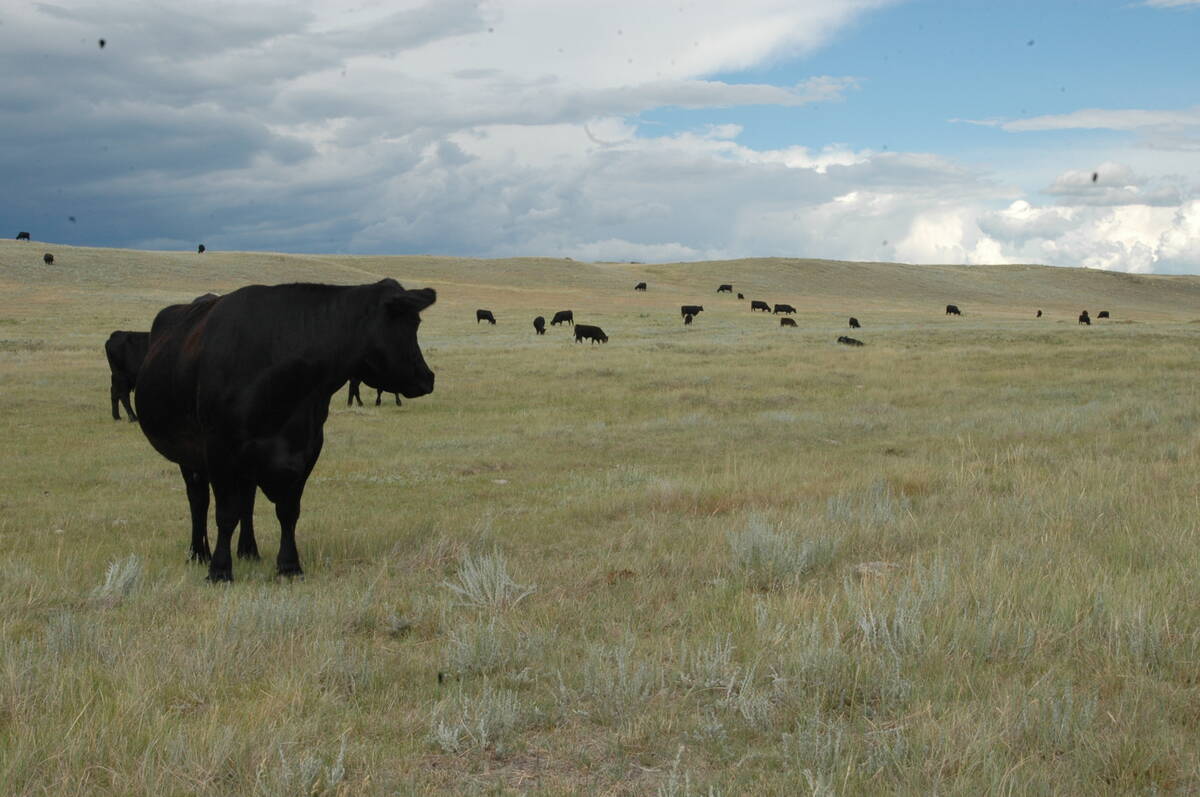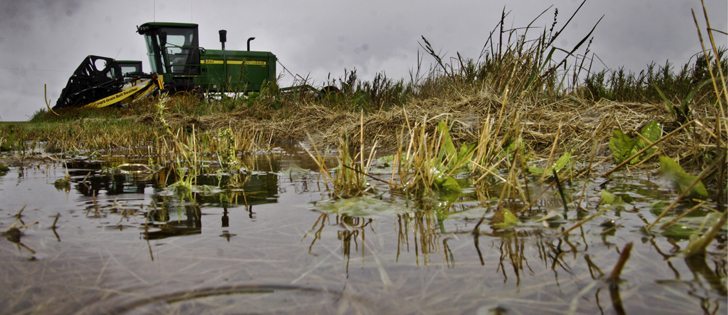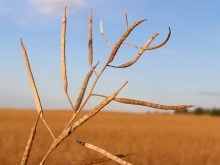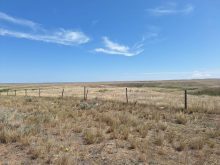Heavy rain, disease | While 2012 is better for many, some areas are seeing extreme weather
The flood of 2011 was just hitting its stride a year ago this week.
Heavy mid-June rainfall on top of already saturated soil was hammering Saskatchewan and Manitoba particularly hard.
Reservoirs couldn’t contain the flows on the Souris River and thousands of homes downstream of Estevan, Sask., would be damaged or destroyed, including many in Minot, North Dakota, before the water subsided.
The Qu’Appelle River and lakes system also flooded extensively.
What hadn’t been seeded wasn’t going to be and weed control became a chief concern for those who could get on the land.
Read Also

Saskatchewan Cattle Association struggles with lower marketings
This year’s change in the provincial checkoff has allowed the Saskatchewan Cattle Association to breathe a little easier when it comes to finances.
The situation this year is better for most.
The number of unseeded acres will be lower than the eight million not planted in Saskatchewan last year, which came after eight to 10 million acres weren’t seeded the previous year.
Saskatchewan Crop Insurance Corp. paid out a record $551 million for unseeded acreage claims in those two years.
In Manitoba, about 25 percent of the crop, or three million acres, was unseeded in 2011.
A winter of minimal snow cover helped, but it is still wet and weedy in many places.
Grant McLean, crop management specialist with Saskatchewan Agriculture, said there are spots where excessive rainfall and flooding are causing problems, including the Battlefords-Kindersley area and east of the Quill Lakes. The Saskatoon area has had 150 and 230 millimetres of rain in the last two weeks.
A farmer near Hepburn reported 300 mm so far and large areas of fields dying from excess moisture.
Thunderstorm season is now increasing the chance of crop damage, McLean noted. As many as 50 funnel clouds swirled through west-central Saskatchewan June 15 along with heavy rain, strong wind and hail. Several tornadoes caused damage to farmyards and trees.
However, uniformly wet conditions are causing ongoing problems in east-central Saskatchewan, from Weyburn north to the forest fringe. Surplus moisture has carried over from the last few years, and farmers are reporting water again lying in fields.
McLean said June 18 that a Canora farmer reported 70 mm of rain over the weekend.
Manitoba is keeping an eye on the Assiniboine River as it enters the Shellmouth Reservoir from the Canora-Kamsack region. Kamsack has received nearly 300 mm of rain since April 1.
The Manitoba government issued a flood watch June 18 from St. Lazare to Brandon and a high water advisory for the Swan River and Duck Mountain areas because of heavy rain in Saskatchewan and Manitoba. A flood warning remains in effect for the river valley immediately downstream of the reservoir.
The Saskatchewan Watershed Authority said in its June provincial forecast that total precipitation since April 1 has “substantially exceeded the recorded historical average” in the grain belt.
“The east-central area, centred around Melville and Yorkton, are at record values, as well as the southwestern areas around Gravelbourg, Moose Jaw, Rosetown and Swift Current,” the report said.
McLean said while the extreme southeast is far better off than last year, at least in terms of getting crops in the ground, fields in the Tantallon and Whitewood areas are still too wet. There are also fields in the Regina-Milestone area that have been under water for years.
“For those individuals, the question is now how do you generate revenue for your business?” McLean said.
Farmers unable to seed are missing out on strong commodity prices, particularly for canola. McLean said he was reminded of farmers in the 1970s who missed $8 durum for the same reason.
Crops that are up but now sitting in water will be affected. Canola doesn’t like wet feet, McLean said, which will handicap its ability to recover once temperatures get warmer and the soil begins to dry.
He said the water can affect nitrogen and sulfur levels in soil, and some farmers might consider fertilizer applications, but only if the timing works.
“The window of opportunity for that starts disappearing pretty rapidly, particularly for canola,” McLean warned.
The wet conditions are leading to worries about disease, especially in chickpeas.
“Wetter conditions increase the need for the frequency of fungicide use and scouting,” he said.
Insects are already devouring crops. Up to 50 percent damage from cutworms is being seen in some fields in the Naicam and Melfort region of northeastern Saskatchewan.
Farmers are faced with a tough choice, given the wet conditions and the date.
“What are you going to do, reseed?” McLean said. “And if you do reseed, are you going to end up with multiple stages of crop?”
Still, he said the closing window for weed control is likely the biggest factor in farmers’ minds right now.
Gerrid Gust, who farms near Davidson, Sask., said he is behind in spraying but won’t turn down the rain.
In the typically dry southwest, more than 125 mm fell in the Rural Municipality of Val Marie last week, pushing the year-to-date total to 345 mm. It had received the highest amount of precipitation in the province be-tween April 1 and June 11.
It’s a different story in parts of Alberta. Wind is drying out soil and causing concern near Lethbridge, while a farmer near Vegreville reported only 50 mm of rain since May 1. Further north at La Crete, only eight mm have fallen and five of those came June 17, said another.
Moisture conditions are generally good near Calgary, but finishing spraying is a concern there, too.
















